Magnetic Nanoparticles In Artery CFD Tutorial – MHD Fluent Simulation with UDF-DPM
Magnetic Nanoparticles In Artery CFD Tutorial – MHD Fluent Simulation with UDF-DPM
- Upon ordering this product, you will be provided with a geometry file, a mesh file, and an in-depth Training Video that offers a step-by-step training on the simulation process.
- For any more inquiries regarding the product, please do not hesitate to reach out to us at info@CFDLAND.com or through our online support assistant.
€230 Original price was: €230.€185Current price is: €185.
Magnetic drug targeting represents a revolutionary approach in modern medicine, aiming to deliver potent treatments like chemotherapy directly to a disease site, such as a tumor or blood clot, while sparing healthy tissue. The core technology involves loading medicine onto Magnetic Nanoparticles. These tiny carriers can then be guided through the bloodstream using an external magnetic field. The engineering challenge is immense: accurately predicting how these nanoparticles will behave in the complex, pulsating environment of the human circulatory system. A Magnetic Nanoparticles CFD simulation is the only practical way to visualize and optimize this process. Standard software tools often lack the ability to model a targeted, localized magnetic field. This MHD Fluent tutorial demonstrates a powerful and effective solution using a combination of the Discrete Phase Model (DPM) and a custom User-Defined Function (UDF). The methodology is based on the key research paper by Lunnoo and Puangmali [1].
- Reference [1]: Lunnoo, Thodsaphon, and Theerapong Puangmali. “Capture efficiency of biocompatible magnetic nanoparticles in arterial flow: A computer simulation for magnetic drug targeting.” Nanoscale research letters10 (2015): 1-11.
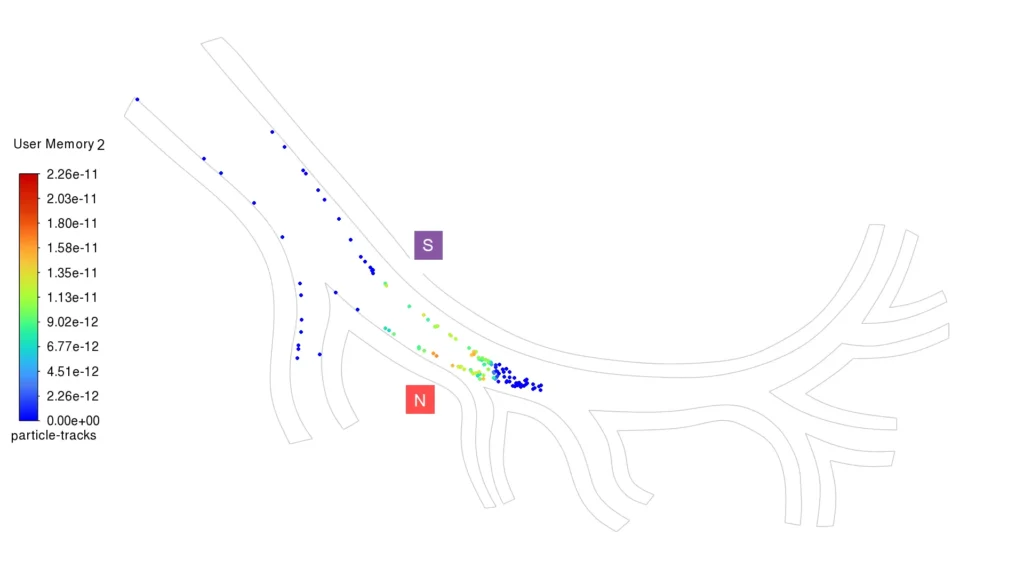
Figure 1: Schematic of a drug-loaded magnetic nanoparticle, typically with an iron oxide core and a biocompatible coating [1].
Simulation Process: Modeling Nanoparticles in an Artery with a Fluent UDF-DPM Approach
To create a realistic Magnetic Artery CFD model, we began by extracting the precise geometry of a branched artery from a medical image using Plot Digitizer software. This geometry was then filled with a high-quality computational mesh. The most critical part of this simulation was overcoming the limitations of standard CFD MHD tools. We wrote a custom User-Defined Function (UDF) in C code to apply the Lorentz force only within a small, specific region of the artery, mimicking a targeted external magnet.
To track the path of thousands of individual Magnetic Nanoparticles through the blood, we used the Discrete Phase Model (DPM). This powerful Fluent MHD technique allowed us to inject particles into the blood flow and see exactly where they would travel. The UDF required three User-Defined Memory (UDM) locations to store data for the custom magnetic forces acting on the DPM particles, ensuring our model was both accurate and robust.
Post-processing: Analysis of Magnetic Nanoparticle Capture and Trajectory in Arterial Flow
The simulation results tell a clear, three-part story of cause and effect, demonstrating successful magnetic targeting. The process begins with the force itself. Figure 2 shows the Lorentz force distribution generated by our custom UDF. The intense red zone (force of 0.00022) and the adjacent dark blue zone (force of -0.00021) create a powerful magnetic gradient—a “magnetic trap”—placed strategically at a branch in the artery. This is the engine of our targeting system.
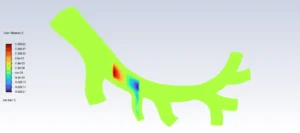
Figure 2: Lorentz force distribution from the MHD Fluent UDF, showing the powerful magnetic gradient that creates the nanoparticle trap.
This targeted force has a direct and immediate effect on the nanoparticles. Figure 4 shows the DPM concentration, revealing the final destination of the particles. While some particles continue to follow the blood flow into the smaller branches, a significant number are pulled from their path and captured. The most significant achievement of this Magnetic Nanoparticles Fluent simulation is demonstrating the successful capture of the nanoparticles, reaching a peak concentration of 2.4e-06 kg/m³ precisely within the magnetic trap we created. This is the definitive proof that the magnetic targeting system is working as designed. Finally, Figure 3 reveals a secondary, more subtle effect. The magnetic interaction creates small, swirling flows in the blood. While these secondary flows are tiny, they can be beneficial, as they gently mix the captured drug-loaded nanoparticles near the artery wall, potentially improving the medicine’s absorption into the targeted tissue. This level of detailed insight is something physical experiments cannot easily provide, highlighting the immense value of Nanoparticles in Artery CFD simulations for developing the next generation of medical treatments.
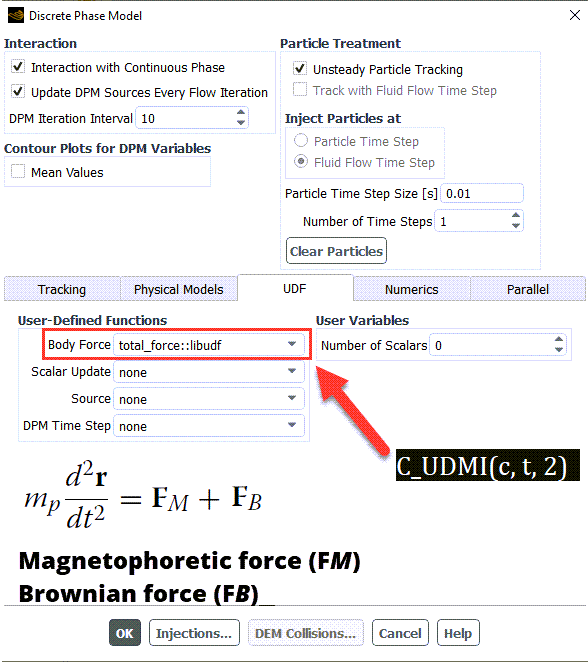

Figure 3: Secondary flow effects showing localized fluid mixing in the Magnetic Artery CFD model, which can improve drug absorption.
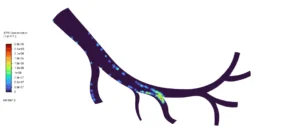
Figure 4: Magnetic Nanoparticle concentration, providing clear visual proof of successful particle capture at the targeted site.
We pride ourselves on presenting unique products at CFDLAND. We stand out for our scientific rigor and validity. Our products are not based on guesswork or theoretical assumptions like many others. Instead, most of our products are validated using experimental or numerical data from valued scientific journals. Even if direct validation isn’t possible, we build our models and assumptions on the latest research, typically using reference articles to approximate reality.
Yes, we’ll be here . If you have trouble loading files, having technical problems, or have any questions about how to use our products, our technical support team is here to help.
You can load geometry and mesh files, as well as case and data files, using any version of ANSYS Fluent.
€150 Original price was: €150.€125Current price is: €125.

€180 Original price was: €180.€150Current price is: €150.

€180 Original price was: €180.€145Current price is: €145.

€270 Original price was: €270.€190Current price is: €190.

€205 Original price was: €205.€155Current price is: €155.



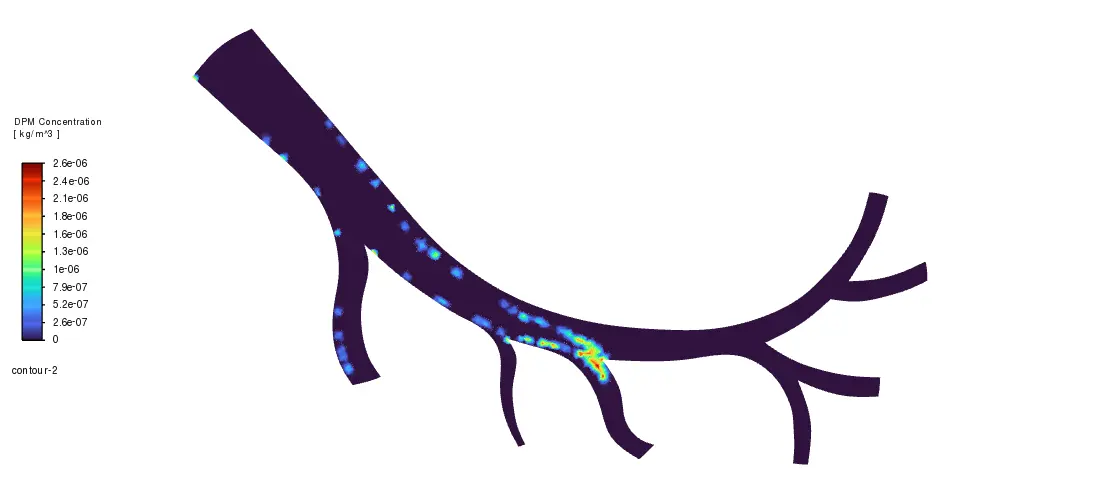
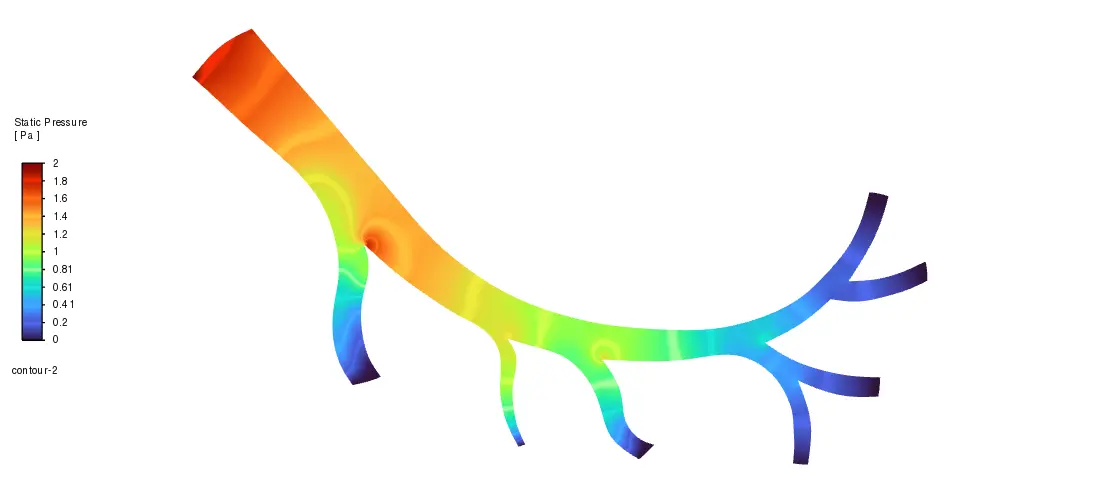
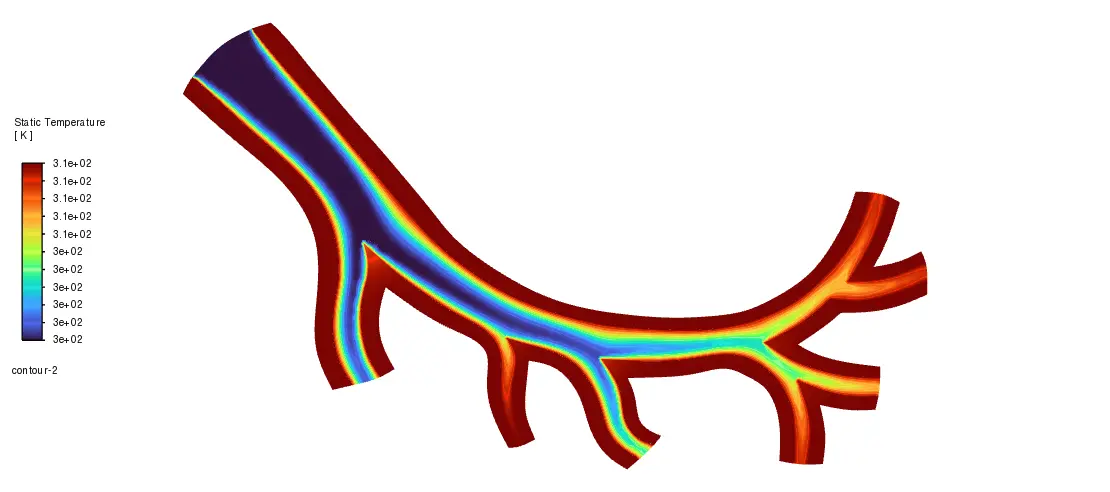

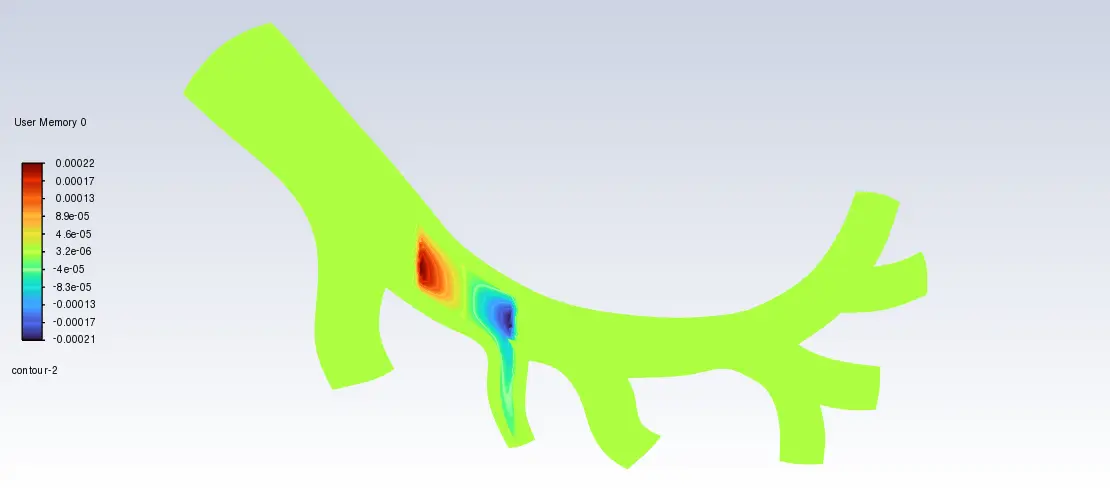
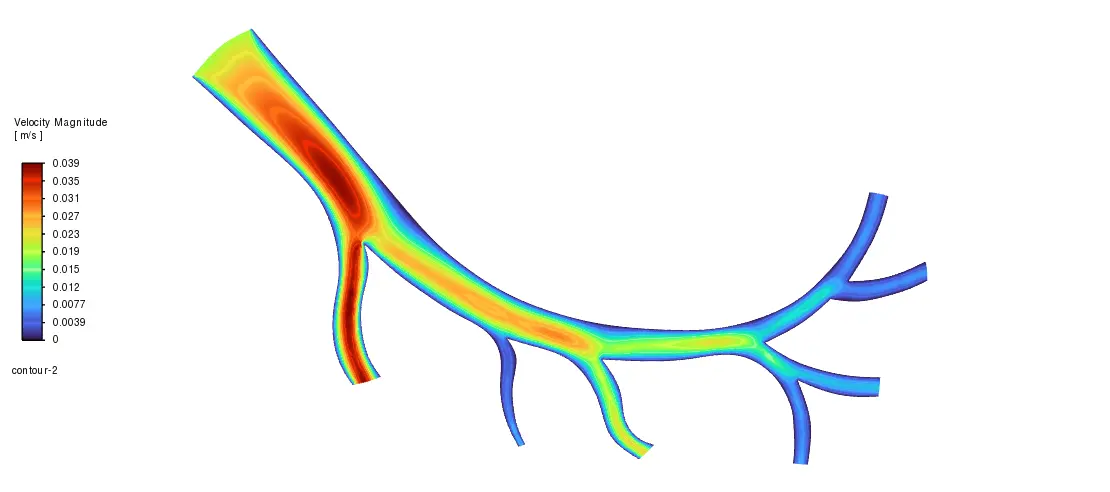






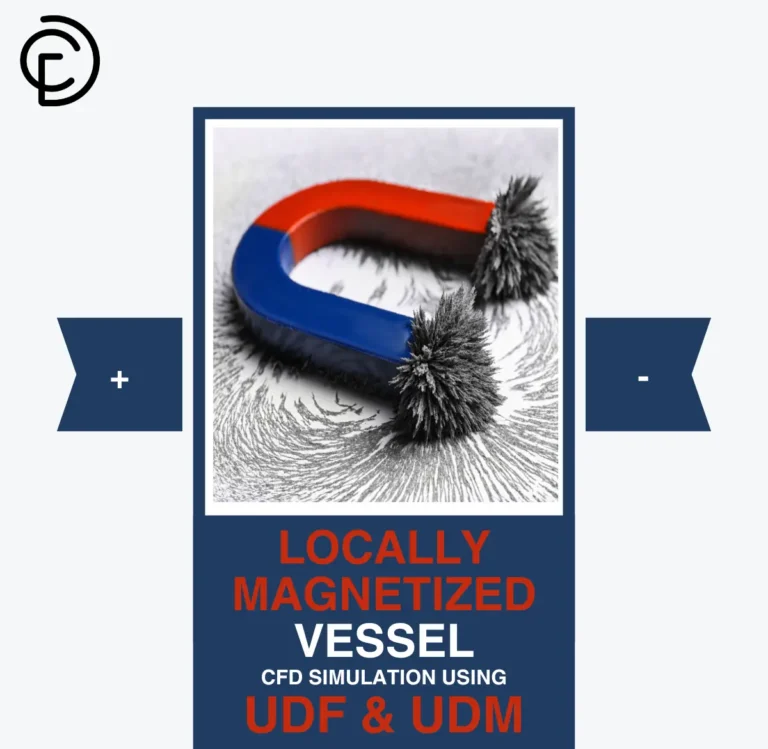


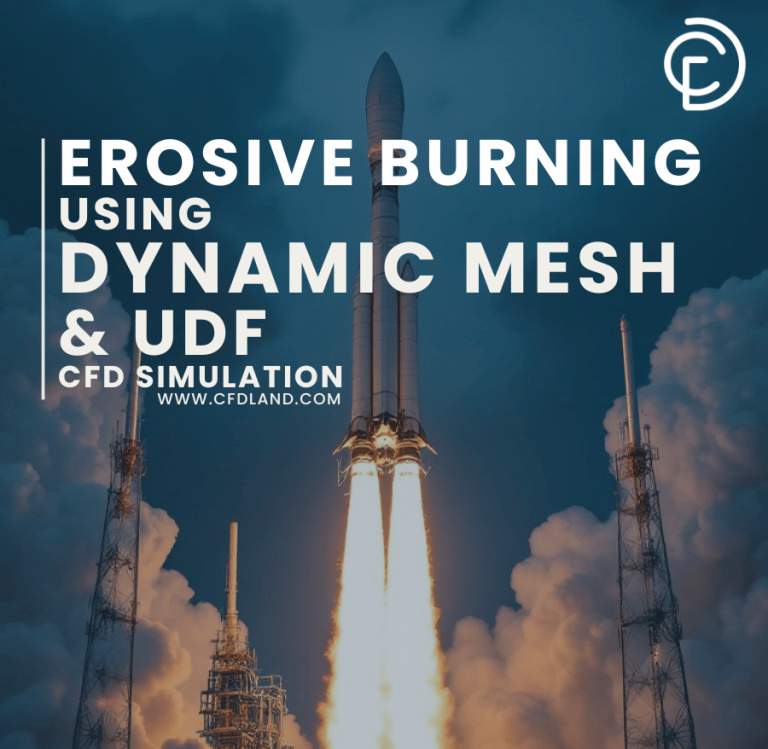
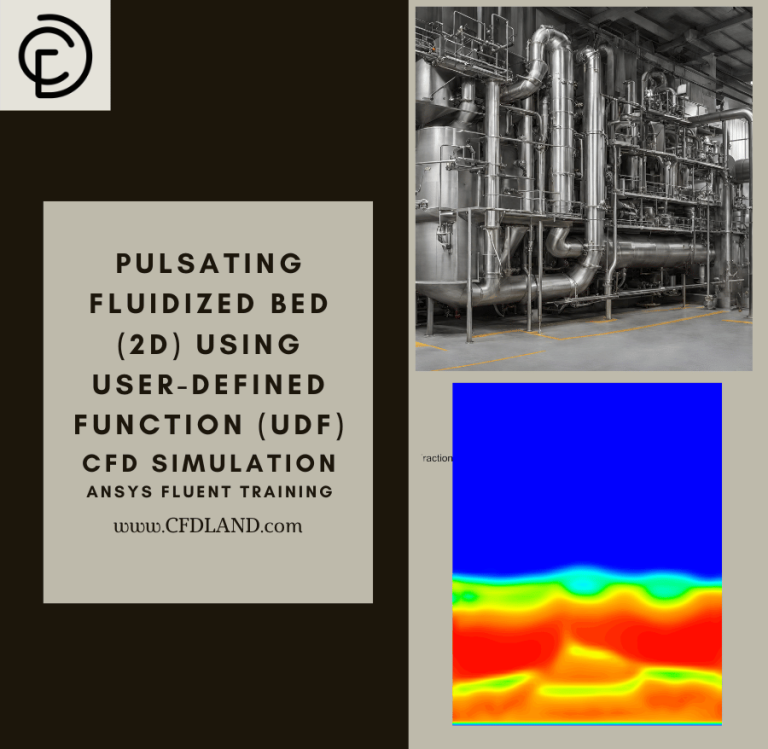
Reviews
There are no reviews yet.